The treasure of reused materials in a home renovation
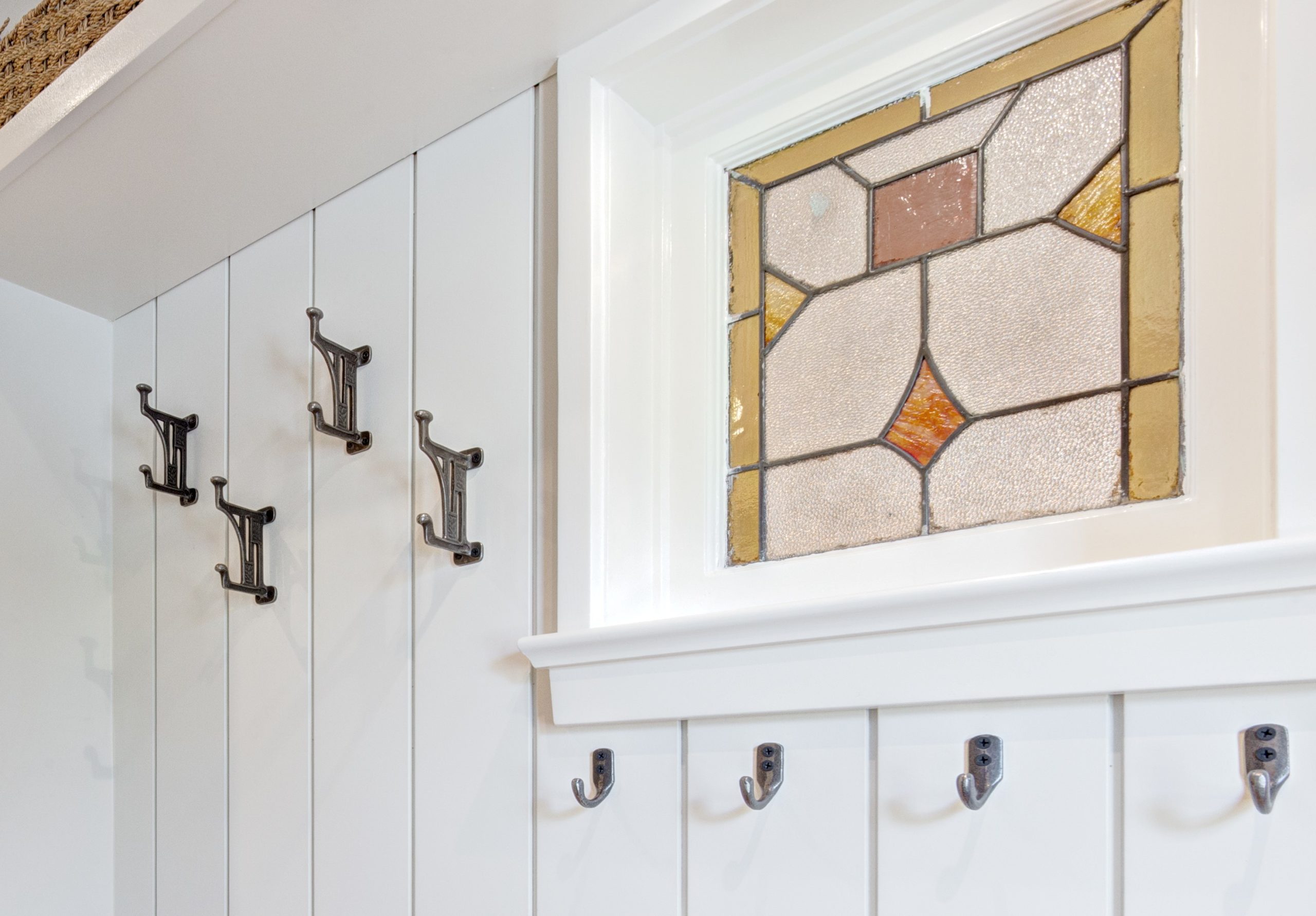
Toronto is a treasure trove of heritage houses. Every one of them has stories to tell. Imagine if the walls really could talk! What would they tell us about the early inhabitants? It’s easy to wonder when regarding a unique fixture, the finish of an old fireplace, beautiful mouldings or a gorgeous stain glass window.
Often, our clients of older or heritage homes want to maintain elements of what has been in their home for ages. We are happy to oblige! Not only does reusing these materials maintain an aesthetic, it helps reduce landfill waste, one of Greening Homes’ core values.
Eighty-eight percent of all construction waste in Ontario ends up in the landfill. At Greening Homes we typically divert 80 percent of our projects’ waste through minimal packaged products, recycling and of course – material reuse.

The homeowners of our Springdale project loved a stain glass window that needed to be removed. We found the perfect spot for it, installing it on the feature wall in the vestibule.
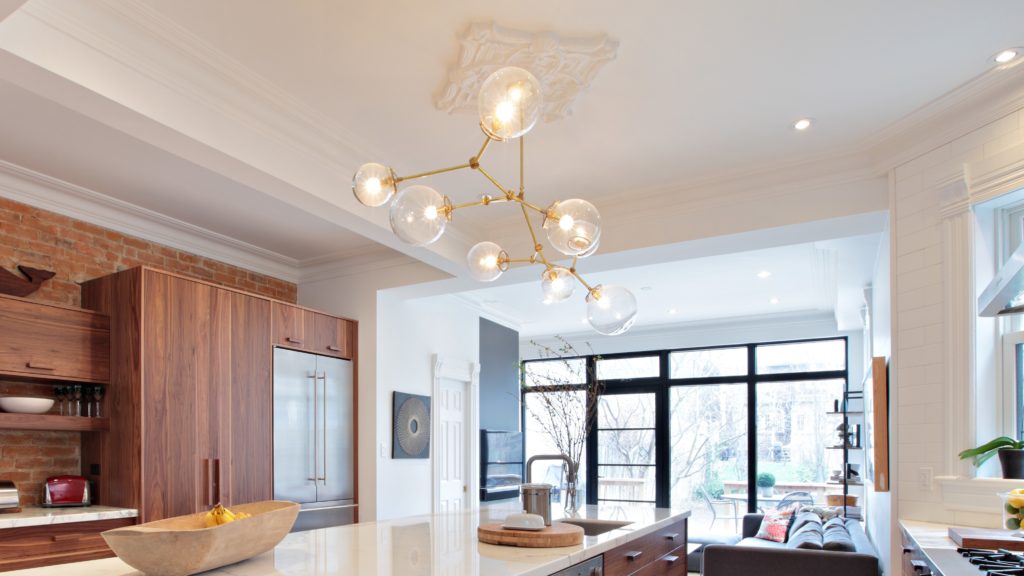
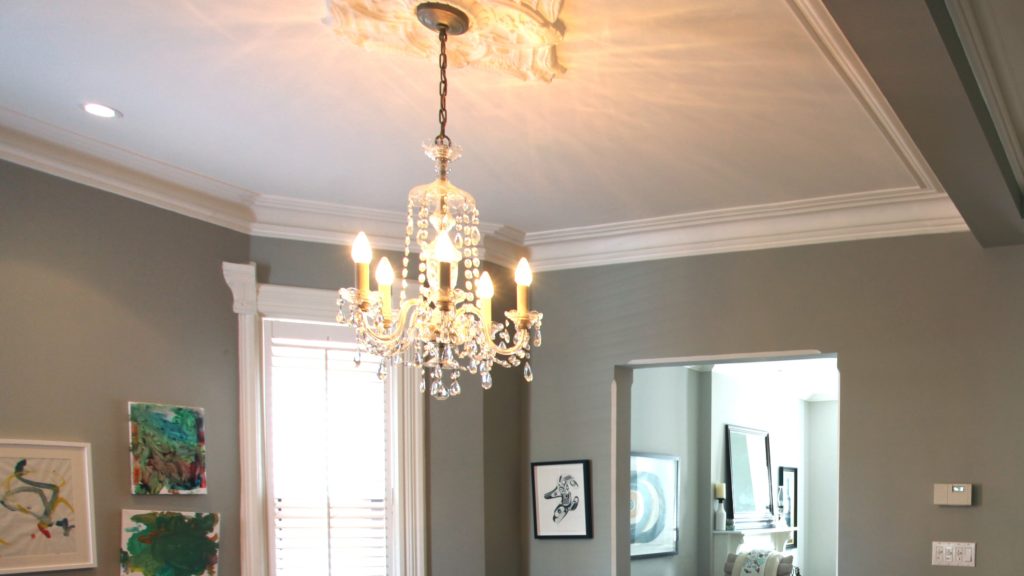
We gained invaluable experience in preserving crown mouldings during our 2015 Cottingham project. Here the gorgeous original plaster casting lives on even after a modern facelift, helping us win the Best Renovation at the 2016 BILD Renovation and Custom Home Awards.

Sometimes homeowners go to greater lengths to preserve a significant piece in their house. At our Highland project, the clients wanted to restore the century old staircase. This involved several weeks of stripping the staircases of decades of paint using non-toxic solvents, followed by repainting.
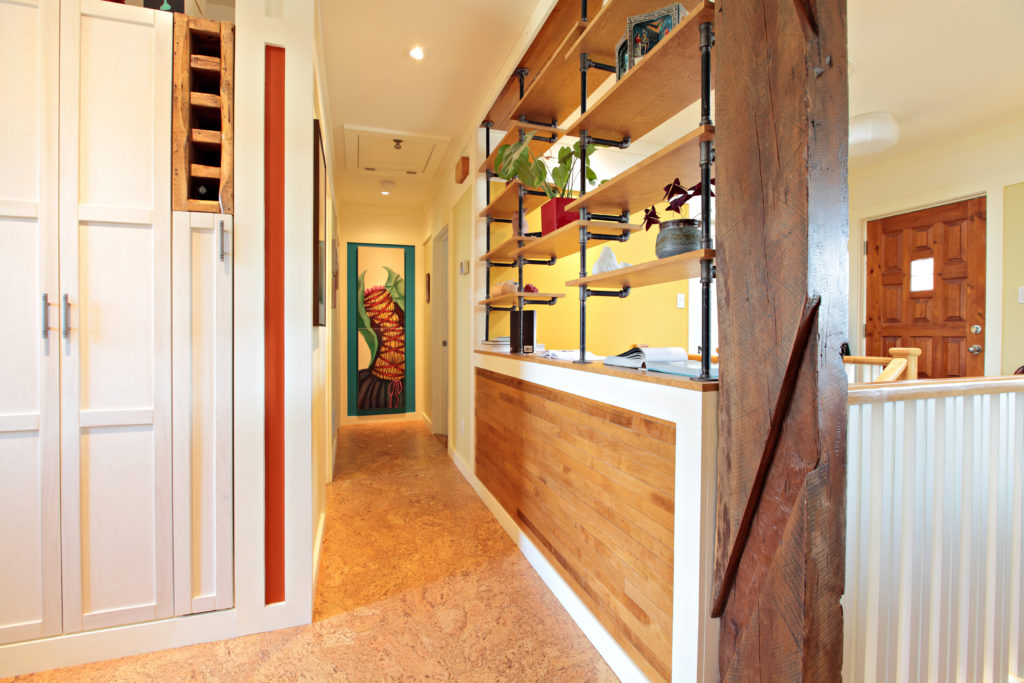
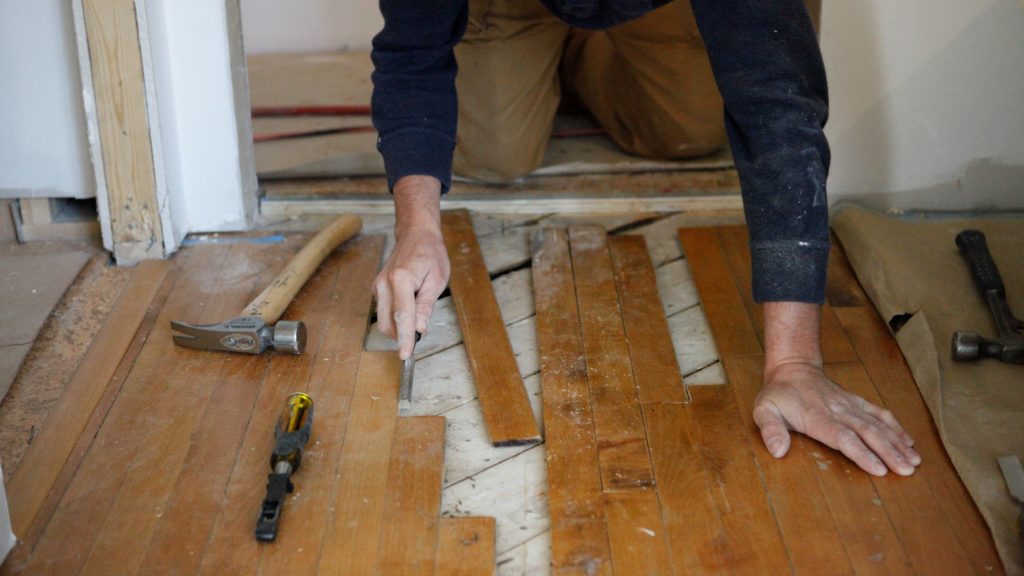
We’ve also worked with homeowners who prioritize reusing materials, as was the case with our Glen Park project and a heritage home in downtown Toronto.
The project in Glen Park was a main gut and renovation of a 1950s era bungalow. All salvageable wood elements from the original interior and exterior were saved, refinished and used in the renovation. For the kitchen, we milled custom wood windowsills using some of the old roof and floor framing material salvaged from the interior demolition. Beams from a barn were repurposed as support posts for the new structural beam. For the bathroom, reclaimed wood details in the vanities and knee walls to add texture to the space.
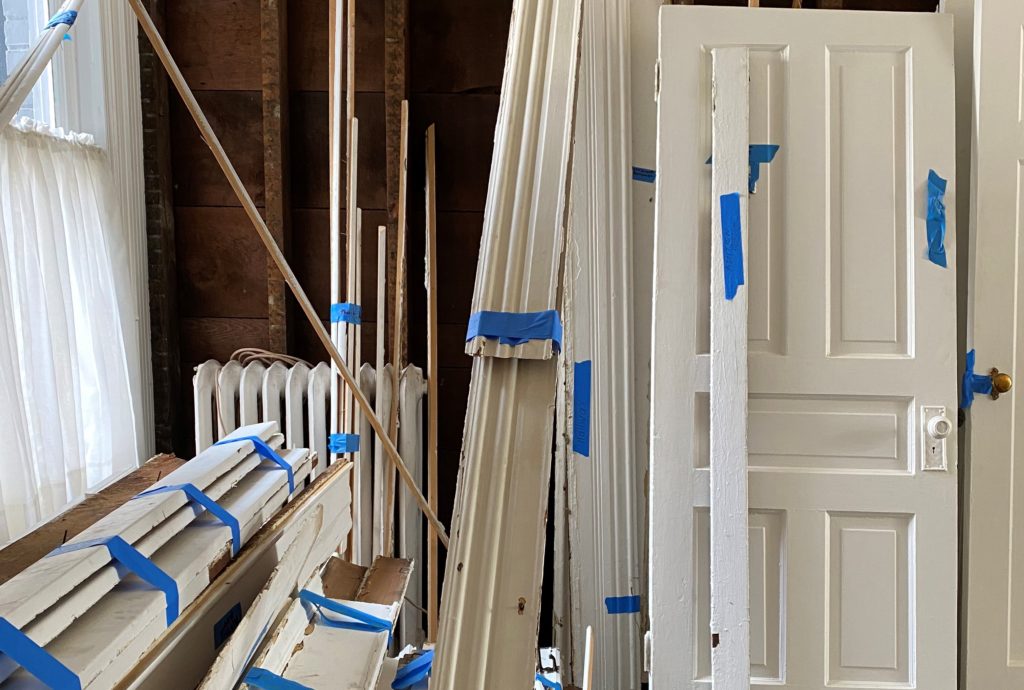

The downtown heritage house had maintained original finishes and trim when the homeowners bought it. They were very interested in maintaining the century old features, even after a full gut renovation. This meant retaining fixtures, moulding, doors, shelving, trim, cast iron bath tub and radiators and even hooks. We removed, numbered and packed the trim to be painted and replaced after insulation. Rather than strip the paint, we painted over what was there.
We had to be careful when removing the lead-painted trim. Lead paint is safe if undisturbed, but presents a health problem if chipped. We took measures to ensure worker safety, including using a Hepa Air Purifier. Preserving and storing all these items presented additional logistical challenges but we managed to protect fixtures and mouldings, and store and move around other items as needed. The result is a modern high performing home that retains its original look and character.
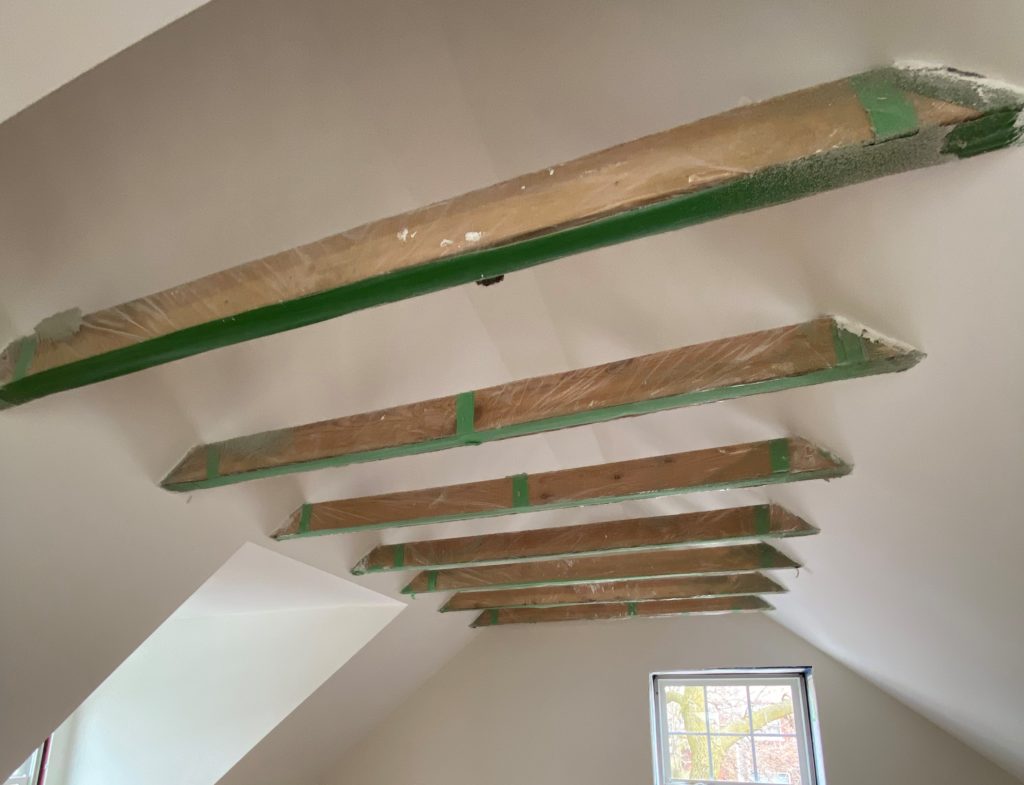
It is not uncommon for us to incorporate reclaimed wood and other treasures from other buildings. Old beams from barns and other sources add warmth and character to rooms.
A stand out example is our Beechwood project. The homeowners were fascinated with Honest Ed’s, which was demolished in 2018. They managed to obtain old lumber and ties from the building, but wondered if spending the extra $500 to incorporate it in their bedroom was worth the added expense to their $500K project. We are glad they decided to use it because they were clearly excited about it.
Reusing materials can cut down on material cost – and embodied carbon. Retaining well-maintained kitchen cabinetry boxes while replacing the doors and handles is one cost-saving solution. However, the labour to properly restore materials typically costs more than simply discarding and bringing in new.
We are always delighted when homeowners recognize the treasure of decades old details in their home – and choose to retain them.